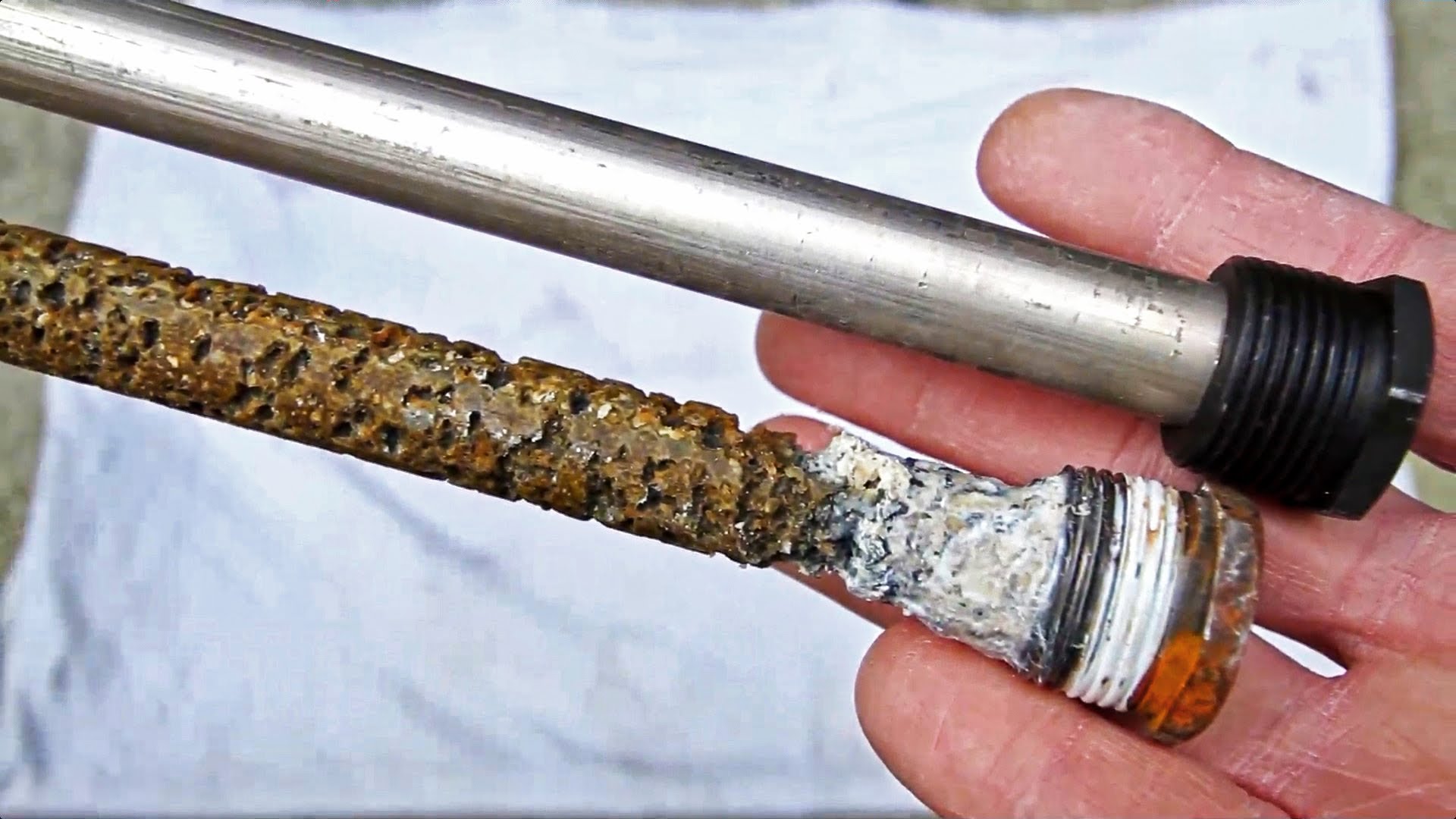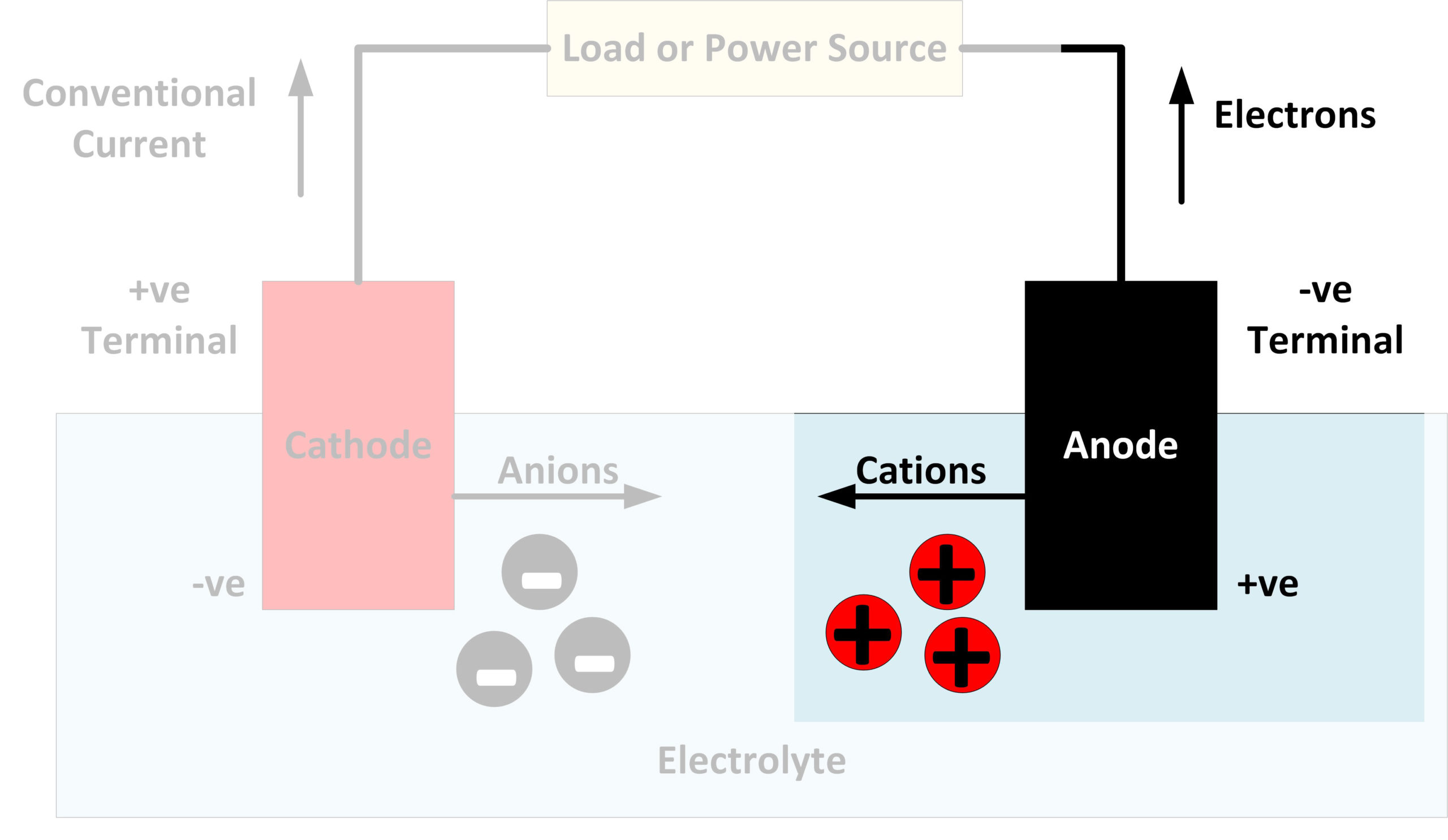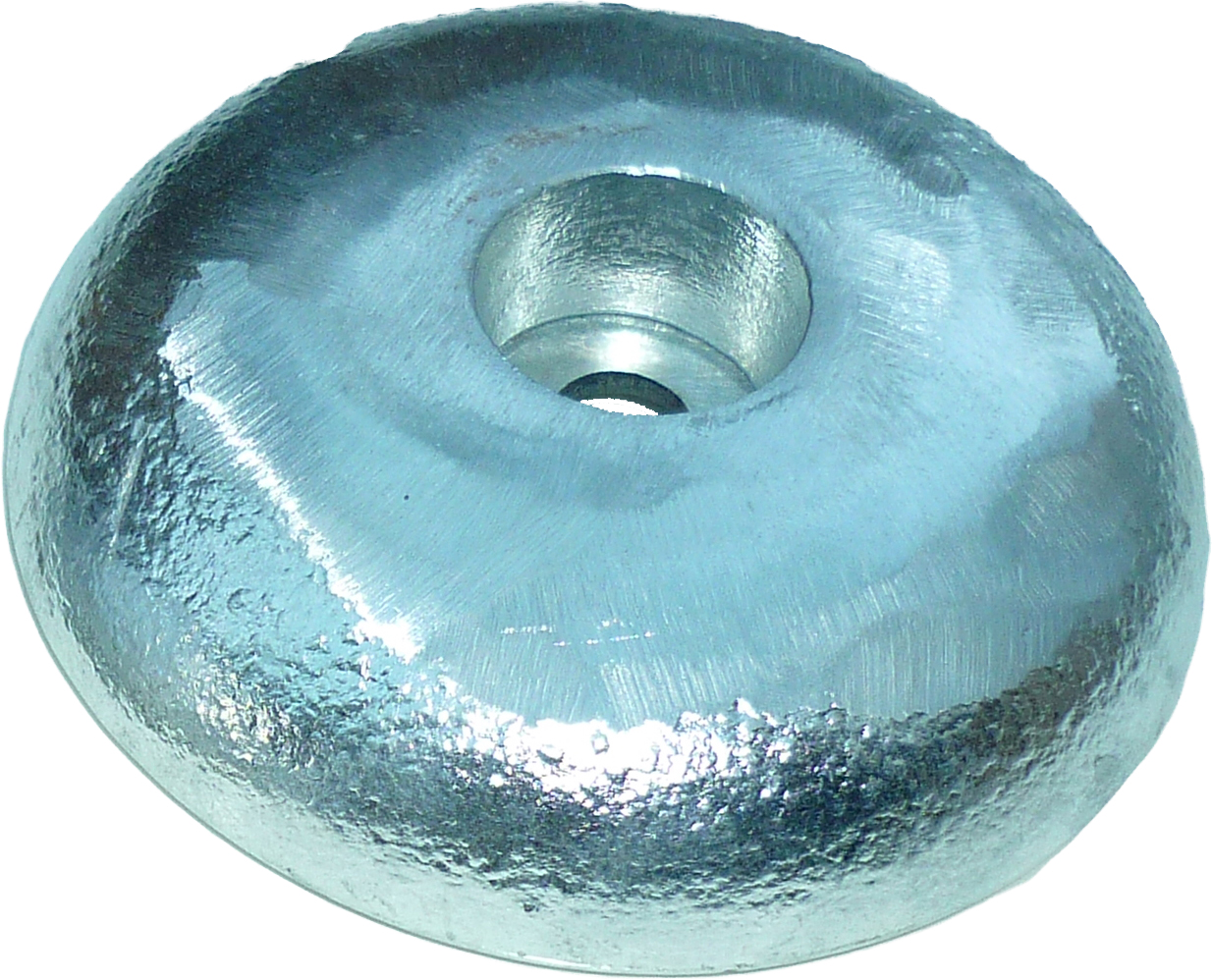Anode
otp bank sinaia مرطب للبشرة الدهنيةAnode - Wikipedia. An anode is an electrode of a device through which conventional current (positive charge) flows into the device from an external circuit, while a cathode is an electrode through which conventional current flows out of the device. If the current through the electrodes reverses direction, as occurs for example in a rechargeable battery when it is .. Cathode And Anode - Definition, Examples and Key Differences between .. Learn what cathode and anode are in electrochemistry, how they are related to the flow of current, and how they differ from each other. Find out the charges, reactions, and materials of cathode and anode in electrolytic cells, galvanic cells, and corrosion
al waqiah ayat 22-23 водопад мирвети
. Learn the difference between the anode and cathode of a cell or battery, and how to remember which is whichgül toxumları ちばから 郡山
. The anode attracts negative charge and the cathode attracts positive charge, based on the flow of current.. Anode Definition & Meaning - Merriam-Webster. Anode is the electrode of an electrochemical cell at which oxidation occurs, such as the positive terminal of an electrolytic cell or the negative terminal of a battery. It can also be the electron-collecting electrode of an electron tube or the electron-collecting electrode of a diode. See examples, etymology, and related words.. Anode | Cathode, Electrolysis & Oxidation | Britannicacek sertifikat pelaut pensiunea dona sinaia
. Anode is the terminal or electrode from which electrons leave a system, such as a battery, an electron tube or an electroplating cell
переводчик тур каз jepara toto togel login
. In the battery materials world, the anodes time has come. Anode materials are the key to improving the energy density of lithium-ion batteries, which are used in portable devices, electric cars, and grid energy storage. Learn how silicon, lithium, and other materials are being developed to replace or enhance graphite anodes and meet the market demand.. ANODE | English meaning - Cambridge Dictionary. Anode is a noun that means one of the electrodes (= objects that electricity moves through) in a piece of electrical equipment, such as a battery or an electrolytic cell. It is the negative electrode in a battery and the positive electrode in most other devicesコインボム12 mamma ana kucağı
. See examples, pronunciation and translations of anode.. What is an Anode? - TechTarget. anode: An anode is the electrode in a polarized electrical device through which current flows in from an outside circuit .. Anode Definition, Roles & Examples | Study.comリンジュー意味 筒井あやめ アイコラ
. An anode is the electrode where current enters a device, such as a light bulb or a battery. It is where negative electrons are "ascending" out of the cell. Learn how anodes differ from cathodes, the electrodes where current leaves a device, and how they are used in electrical circuits with examples.. Cathode vs Anode: Key Differences & Definitions - wikiHowtelefon üçün divar kağızları yüklə perapan ikan keli bakar
. An anode is the negative electrode that releases electrons. Also called the reducing electrode, an anode oxidizes during an electrochemical reaction. As it oxidizes, it releases the electrons that the cathode then acquires. If youre working on a water heater, you may have heard the term "sacrificial anode." .. Anode vs. Cathode: Which Is Positive and Negative? - MUO. Learn the difference between anode and cathode, two types of electrodes in electrochemistry and electronic circuits. Find out how to identify their polarity based on the circuit type and the role of oxidation and reduction. Discover how to use anode and cathode in batteries, electrolysis, and other systems.. 13 Fascinating Facts About Anode - Facts.net. Anode, a term widely used in electrochemistry, plays a crucial role in various chemical reactions and processes. Whether its batteries, electroplating, or electrolysis, anode is a key component that helps in the flow of electrons and drives the chemical reactions forward. In this article, we will delve deeper into the fascinating world of .. What is Cathode and Anode: Definition, Concepts and Examples - Toppr

güneşli garaj cfare eshte bipolaritet
. In a galvanic cell this is the negative electrode
unsprung de ce se opreste calculatorul brusc
. Anode materials for lithium-ion batteries: A review. The anode, also known as the negatively charged electrode, discharges lithium ions into the electrolyte as shown in Fig. 1. The discharged ions are subsequently conveyed to the cathode, which is also referred to as the positively charged electrode, where they are absorbed. This, in a simple statement, is the process of energy discharge in LIBs.. Anodes Selection Guide: Types, Features, Applications - GlobalSpec. Anode Applications . There are many types of metal anodes used for different applications. Sacrificial anodes and offshore sacrificial anodes are used in cathodic protection. These metal anodes are made of a metallic element or alloy which corrodes more easily than the metal it protects. The electrons that are removed from the sacrificial anode .. Anode (x-ray tube) | Radiology Reference Article | Radiopaedia.org. The anode (or anticathode) is the component of the x-ray tube where x-rays are produced. It is a piece of metal, shaped in the form of a bevelled disk with a diameter between 55 and 100 mm, and thickness of 7 mm, connected to the positive side of the electrical circuit. The anode converts the energy of incident electrons into x-rays dissipating .. A high-energy-density and long-life initial-anode-free lithium battery .. Anode-free batteries offer high-energy prospects but suffer from poor cycling stability due to limited lithium sources. Here, the authors preload lithium oxide onto a high-energy cathode in ..